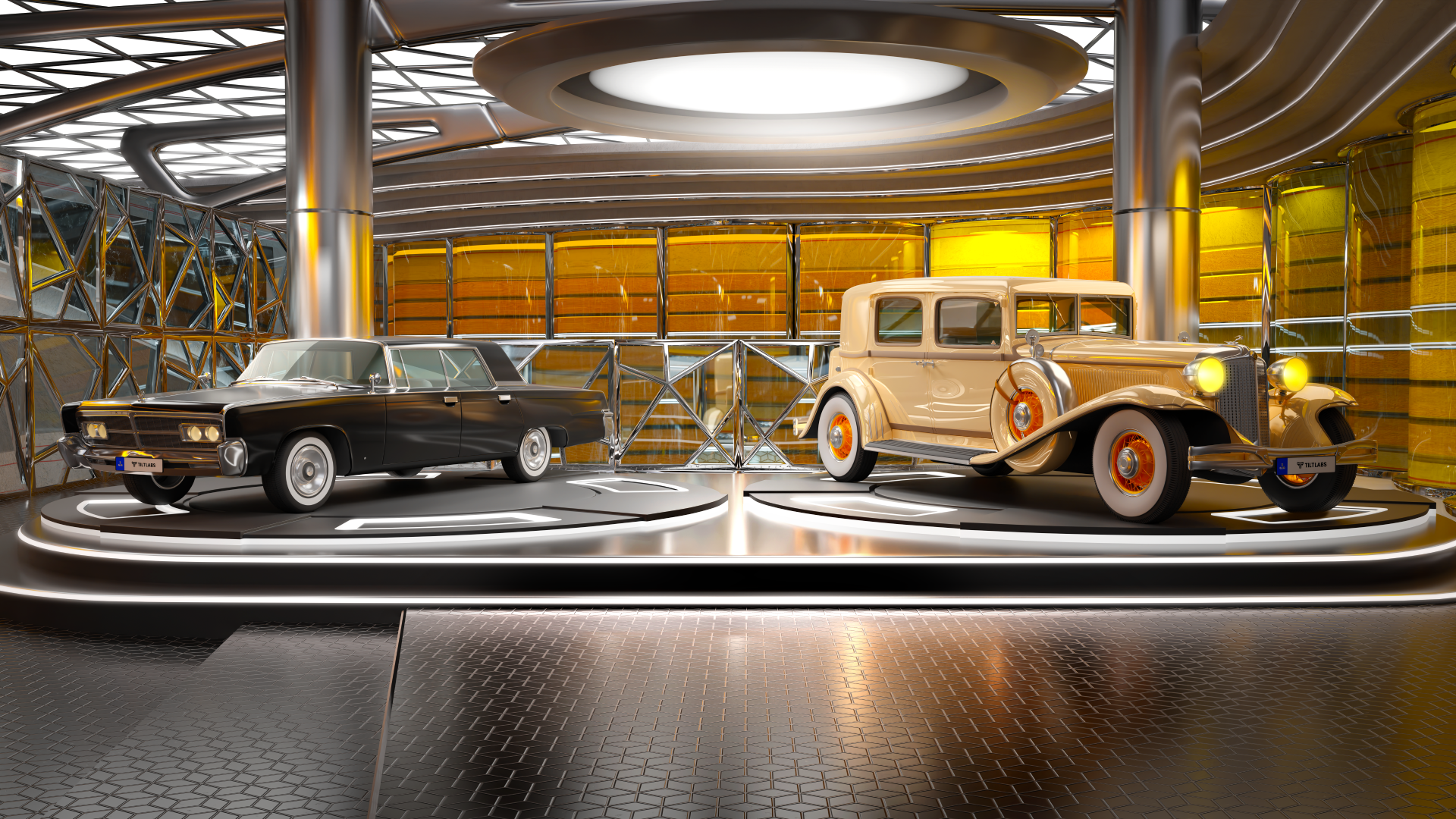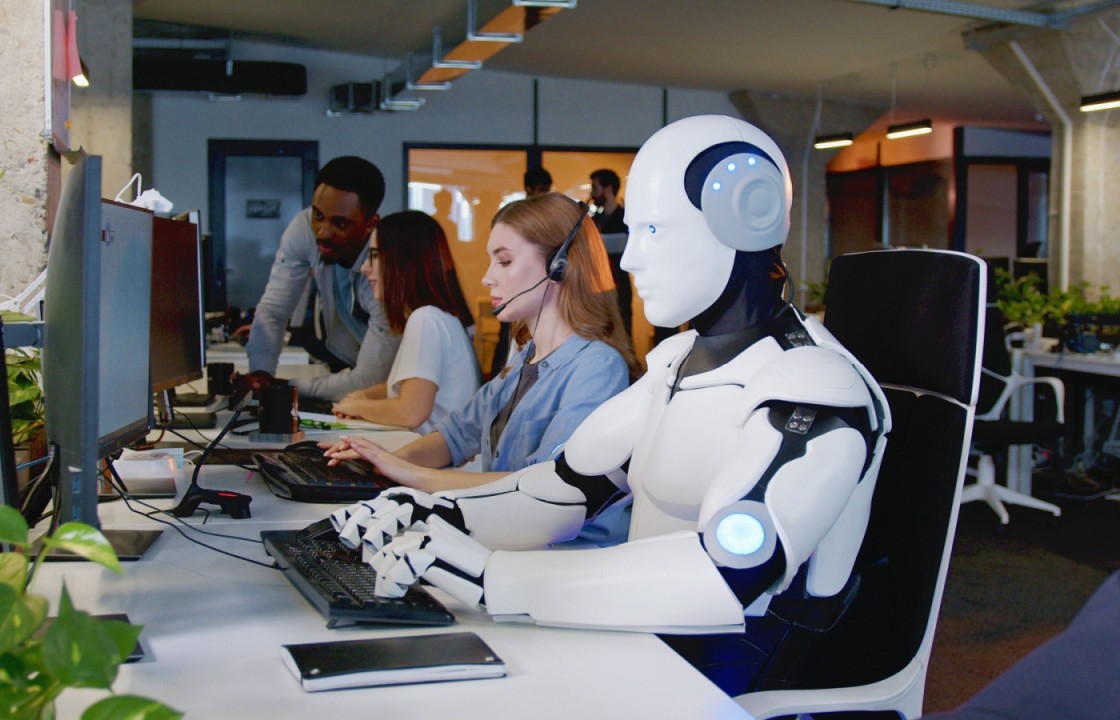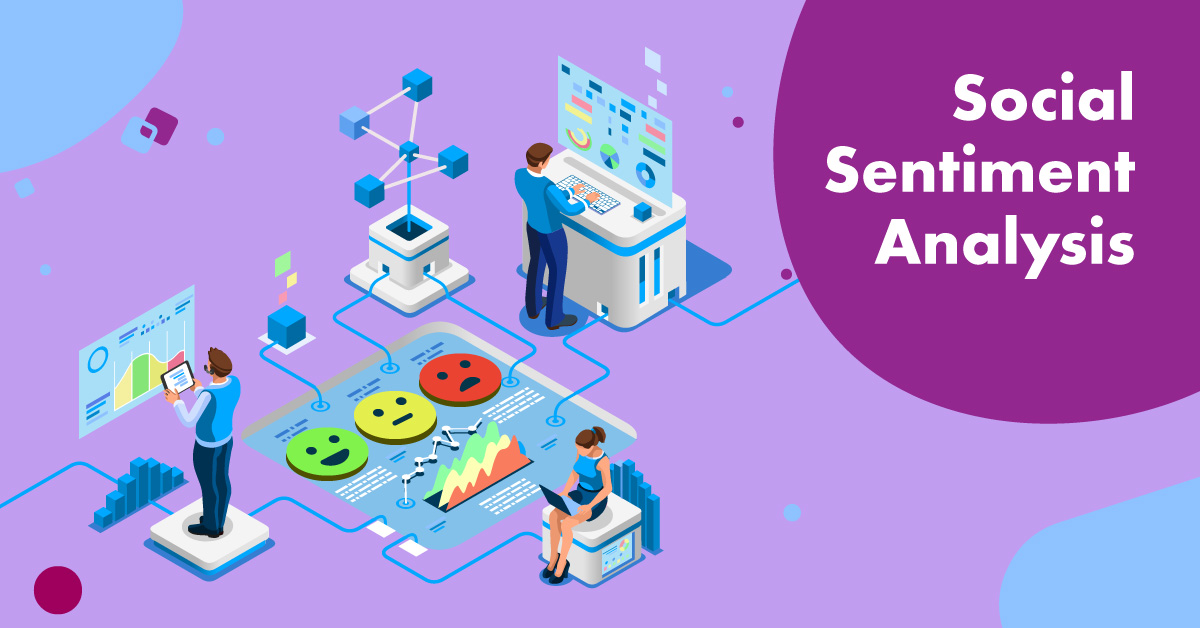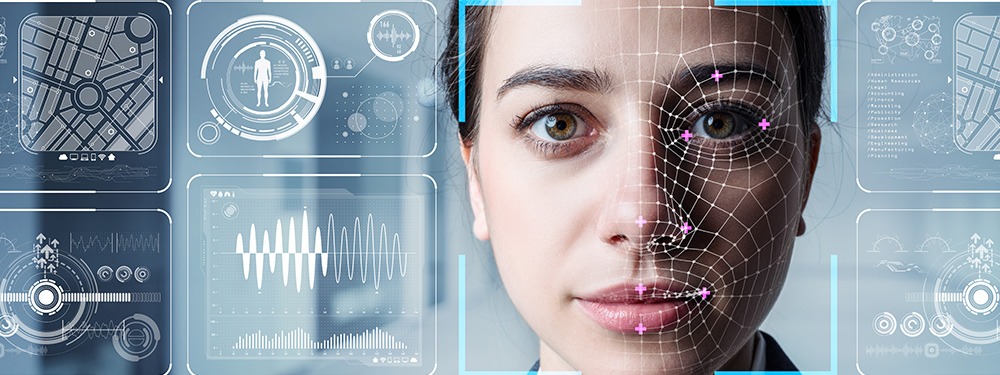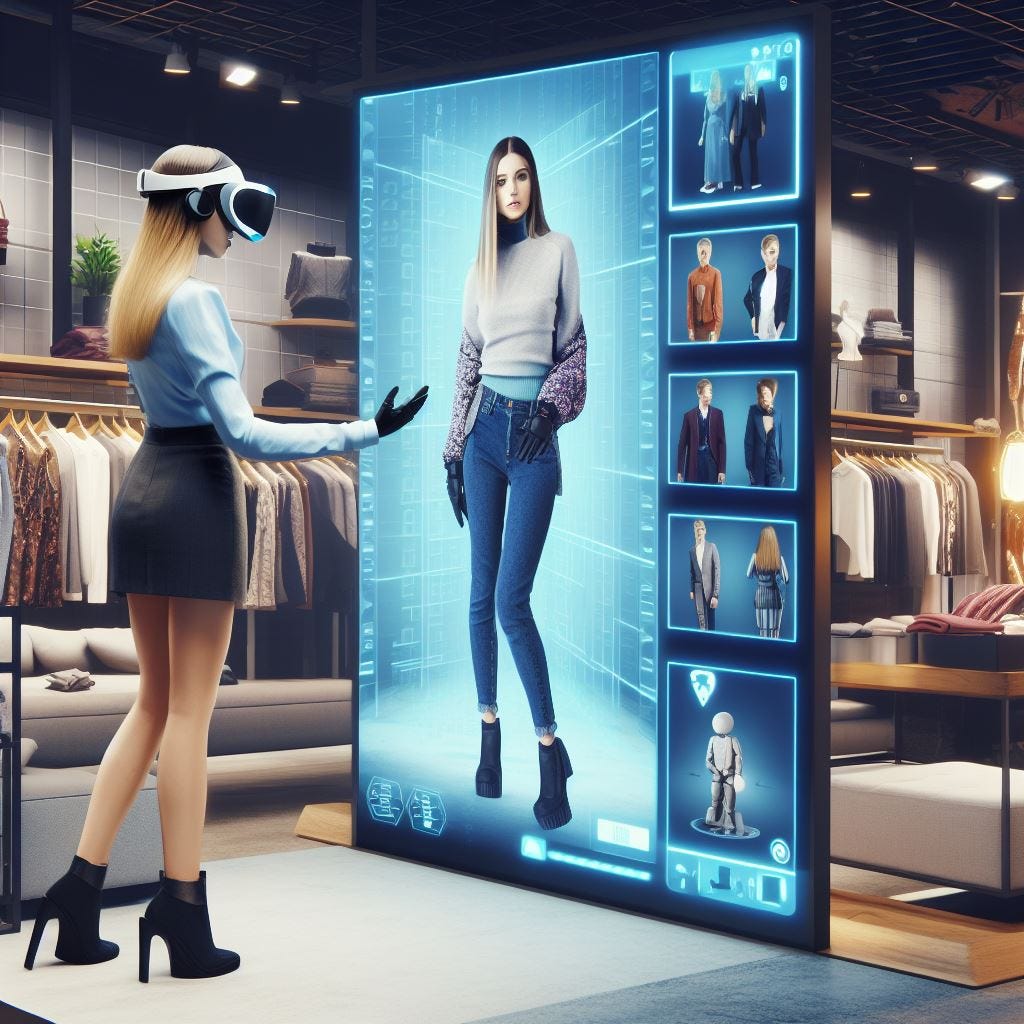The world of 3D visualization is experiencing a dynamic evolution driven by exciting trends and innovative technologies. From virtual reality (VR) and augmented reality (AR) integration to advancements in real-time rendering, photorealistic visualization, and the integration of artificial intelligence (AI) and machine learning (ML), this field is rapidly expanding. Here in this article, we will explore the trends and innovations shaping the future of 3D visualization. By staying informed about these developments, professionals can position themselves at the forefront of this exciting industry.
The Power of VR and AR Integration
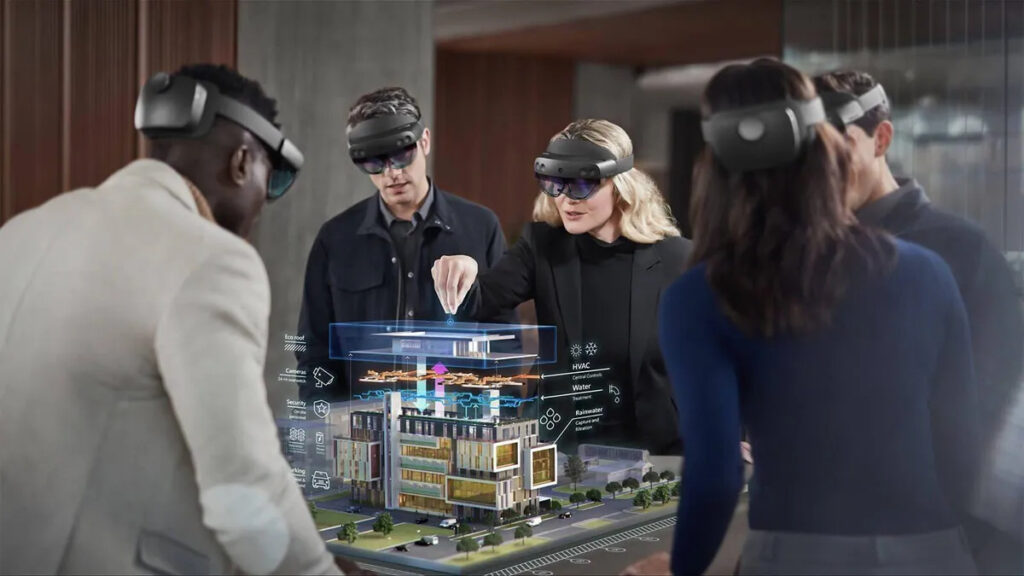
The individual potential of both Virtual Reality (VR) and Augmented Reality (AR) is well-established, but the true magic unfolds when they merge into a singular experience. By integrating VR and AR, we unlock a whole new dimension of possibilities, blurring the lines between the real and the virtual, and offering powerful benefits across various industries.
Enhanced Storytelling and Learning: Imagine being transported to ancient Rome through VR, then overlaying AR annotations on buildings to gain historical insights. This blended experience combines the immersive storytelling of VR with the informative power of AR, making learning interactive and unforgettable.
Revolutionized Collaboration and Design: Architects can sketch virtual models directly onto physical spaces with AR, while engineers can hold collaborative meetings across continents within VR environments. This integration fosters seamless communication and streamlines design processes.
Transformed Retail and E-commerce: Customers can virtually try on clothes in AR before buying, or explore furniture arrangements in their homes. VR showrooms provide immersive product demonstrations, while AR catalogs enhance purchasing decisions with detailed product information.
Improved Training and Simulations: Pilots can hone their skills in realistic VR flight simulations, while surgeons can rehearse complex procedures in risk-free AR environments. This integration translates into enhanced training effectiveness and improved safety outcomes.
Unprecedented Entertainment and Social Experiences: Imagine attending concerts where virtual performers interact with the real audience, or exploring virtual worlds with friends using AR avatars. This integration opens doors to novel entertainment possibilities and fosters deeper social connections.
Real-Time Rendering and Interactivity
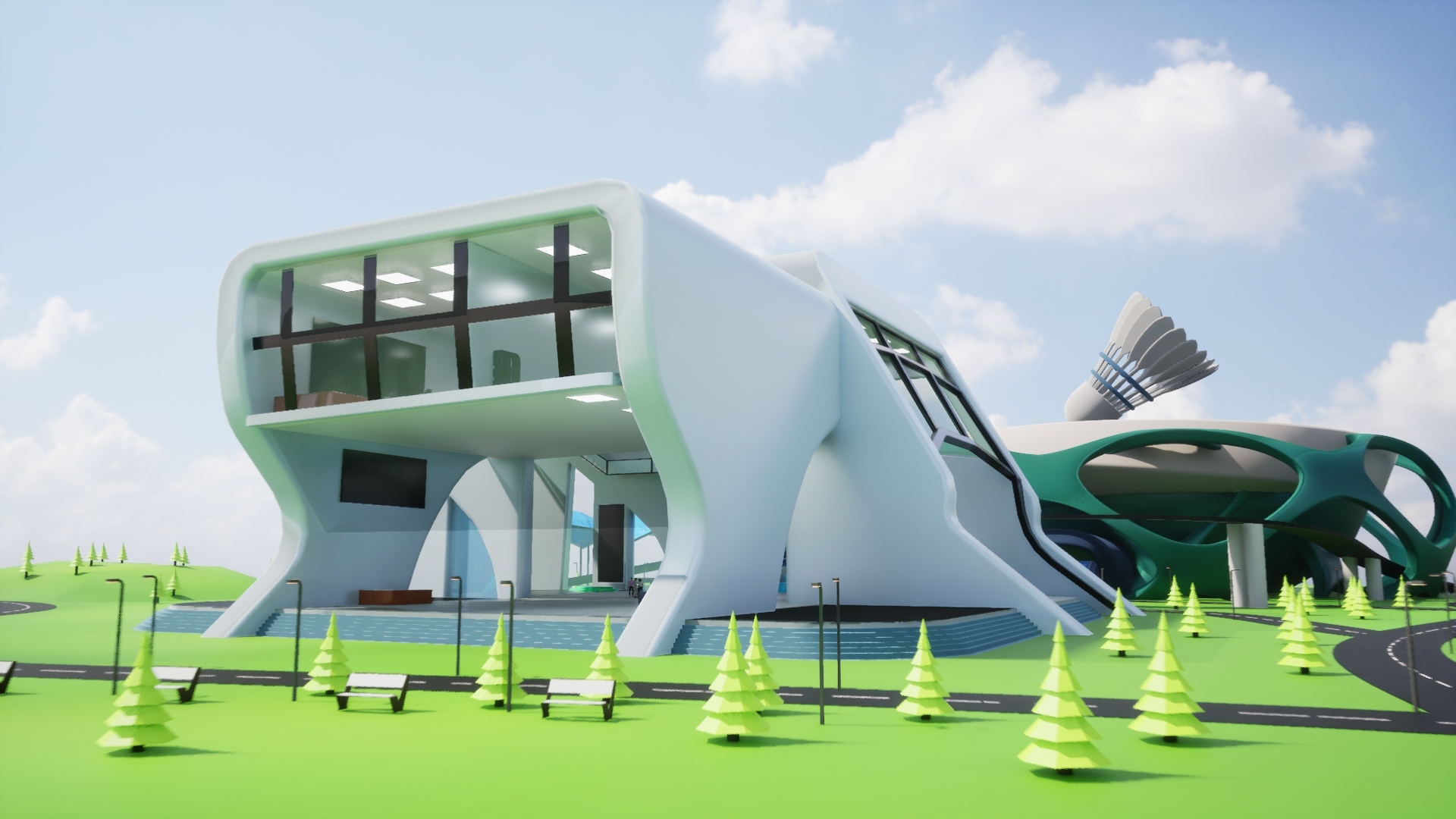
Real-time rendering is the magic behind creating realistic and dynamic visuals in VR and AR environments. Instead of pre-rendering static images, VR/AR systems generate 3D graphics on the fly, responding to user movements and interactions in real-time. This creates a seamless and immersive experience where users feel truly present in the virtual or augmented world.
Interactivity takes this immersion to the next level. With real-time rendering, users can not only see but also interact with VR/AR elements. They can pick up objects, manipulate controls, and move around freely, blurring the lines between the real and virtual. This interactivity fuels various applications:
- Gaming: Imagine exploring vast landscapes, battling enemies, and solving puzzles in real-time, reacting to every move and decision.
- Design and Engineering: Architects and engineers can manipulate virtual models in real-time, seeing design changes instantly and collaborating with colleagues in shared VR environments.
- Training and Education: VR simulations with real-time interaction allow trainees to practice complex skills or experience historical events in an immersive and realistic way.
- Social Experiences: Users can interact with virtual avatars, explore shared virtual spaces, and even participate in collaborative activities, fostering deeper connections and new forms of social interaction.
AI’s Role in 3D Visualization
The integration of AI and ML holds immense potential for the future of 3D visualization. AI algorithms can analyze vast amounts of data and automatically generate detailed and realistic 3D models, saving time and effort for designers. This automation streamlines the design process and allows designers to focus on the creative aspects of their work. AI and ML integration also enable customization and personalization of 3D visualizations. ML algorithms can provide more intuitive and adaptive experiences by learning from user interactions and preferences. Imagine a 3D visualization that adjusts elements based on individual needs and preferences, creating a truly personalized experience.
As AI and ML technologies advance, intelligent and interactive 3D visualization possibilities are boundless. From automated model generation to personalized experiences, integrating AI and ML will shape the future of 3D visualization and unlock new realms of creativity.
Collaborative Visualization Platforms
Collaboration and teamwork are made easier than ever with the rise of collaborative and cloud-based visualization platforms. These platforms enable multiple users to work together on projects, regardless of their physical locations. Designers can share their work, receive real-time feedback, and collaborate seamlessly, enhancing productivity and efficiency.
Cloud-based platforms provide accessibility, allowing users to access their projects from any device with an internet connection. Whether in the office, at home, or on the go, you can work on your 3D visualizations without limitations. The flexibility offered by cloud-based platforms empowers professionals in the industry to work efficiently and deliver outstanding results.
For more information contact : support@mindnotix.com
Mindnotix Software Development Company


 AI-Taxi App
AI-Taxi App AI-Food App
AI-Food App AI-Property Mgmt App
AI-Property Mgmt App AI-CRM
AI-CRM AI-Fantasy App
AI-Fantasy App
 Web Development
Web Development App Development
App Development Business & Startup
Business & Startup Hire Developer
Hire Developer
 Digital Marketing
Digital Marketing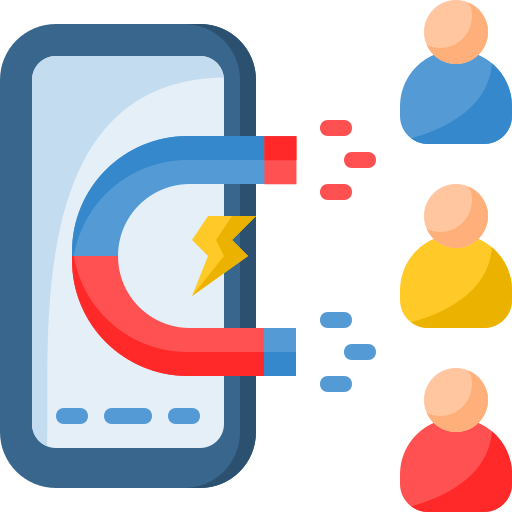 Lead-generation
Lead-generation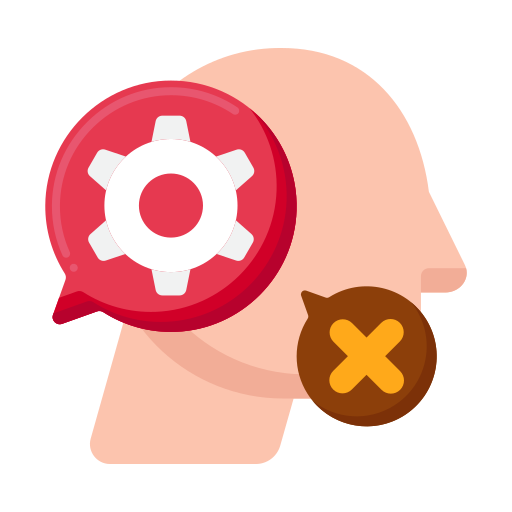 Creative Agency
Creative Agency Branding Agency
Branding Agency Augmented Reality
Augmented Reality Virtual Reality
Virtual Reality Internet of Things
Internet of Things Artificial Intelligence
Artificial Intelligence Blockchain
Blockchain Chatbot
Chatbot